The dermatological disease acne inversa (hidradenitis suppurativa, HS) is very unpleasant, as it causes inflammation, swelling, pain… and a great feeling of shame to those who suffer from it.
The armpits, groin, and genital area are particularly affected, but also the skin under the female breast.
“These are areas where the skin is on top of the skin and where skin folds are also formed,” explains Munich-based dermatologist Marion Moers-Carpi. They can also appear in folds on the stomach or the crease of the buttocks.
“Since sweat and sebum cannot drain from the affected skin area, purulent accumulations form in the form of abscesses,” says Moers-Carpi.
Abscesses are painful, as are the fistulas that often form. These are ducts that the body creates from deep within the tissues to carry secretions to the outside.
Purulent accumulations may spontaneously ooze and cause stains on clothing. At the same time, the discharge causes an unpleasant odor.
“In sum, this dermatological disease, which is usually chronic, can significantly reduce the quality of life of those affected,” says dermatologist Thorsten Matthes, chief physician for dermatosurgery at the Center for Veins and Dermatosurgery at Tabea Hospital in Hamburg, northern Germany.
According to Moers-Carpi, this dermatological disease usually occurs in young adults, under 30 years of age, and affects more women than men.
It is difficult to estimate how many people suffer from this condition. Because those affected are often embarrassed and, according to the expert, this prevents them from talking about the painful accumulations of pus and, above all, becomes an obstacle for them to seek medical treatment.
But the problem is that if acne inversa is not treated, there is a danger that it will progress and spread further and further.
The exact cause of this disease has not yet been sufficiently investigated. “Germs play a role, but so does genetic predisposition,” explains Thorsten Matthes.
In areas of the body such as the armpits, where a lot of sweat is generated, the humid environment combined with germs and bacteria can promote skin inflammation.
What exactly happens in the body when acne inversa develops? “In any case, there is still no 100% certainty about this,” says Marion Moers-Carpi.
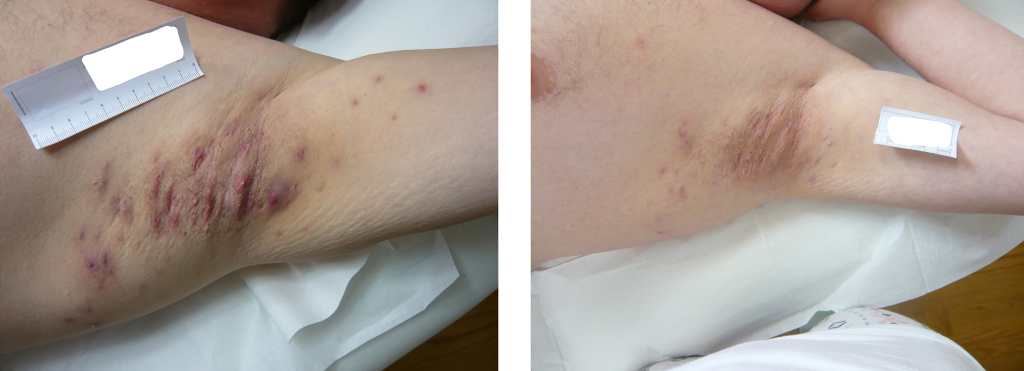
One theory is that too many keratinocytes form there, which causes the hair follicle, which anchors the hair to the skin, to close. Germs and bacteria from the skin surface can then become trapped, she explains.
Inflammation with sebum formation can also occur due to friction or shaving of the hair follicle. As the hair follicle is closed by the repeated formation of keratinocytes, the sebum cannot flow out. Sebum production continues to increase, and germs and bacteria multiply and worsen the inflammation. The sebum becomes encapsulated, an abscess forms and fistulas can form. It is still unclear how and why this disorder occurs in keratinization.
There is certainty about some possible triggers and factors that promote acne inversa. “In addition to smoking and being overweight, there are also factors such as stress and psychological tension or, for example, increased sweating,” says Thorsten Matthes.
The more a person sweats, the greater the risk of becoming infected with germs. Another trigger, warns Marion Moers-Carpi, can be clothing that is too tight. Shaving in the genital area or armpits can also affect the skin and cause inflammation.
Moers-Carpi specifies that those who suffer from severe acne or a gastrointestinal disease such as Crohn’s disease are more likely to suffer from acne inversa.
Antiseptic ointments or solutions can be used initially to treat this skin disease. “They are applied locally to the affected areas of the body,” says Thorsten Matthes.
If external therapy is unsuccessful, antibiotics are often prescribed. In the meantime, patients are also given injections of biological drugs to stop the inflammatory process.
“The same effect can be achieved by electromagnetic wave therapy, known as light therapy,” says Matthes. Depending on the severity of the acne inversa, a combination therapy with antiseptic preparations and antibiotics is also prescribed.
“If conservative methods do not achieve the desired effect, there is no way to avoid surgery,” says the dermatologist.
In this case, the affected areas of the skin are removed and stitched back together. However, suturing can only be performed if the abscesses are single or multiple, and there are no fistulas.
If there are widely spaced abscesses with sinus tracts and scar formation or a flat infestation, the wounds should be treated openly after surgical removal, Matthes says.
However, even after surgery, new episodes can occur. “Acne inversa is a fatal disease, there is no patented solution,” says Matthes.
However, anyone who wants to take the initiative to prevent this disease can eliminate some triggering factors, such as losing excess weight, not smoking, and never neglecting personal hygiene.
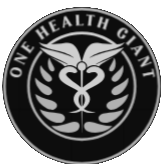







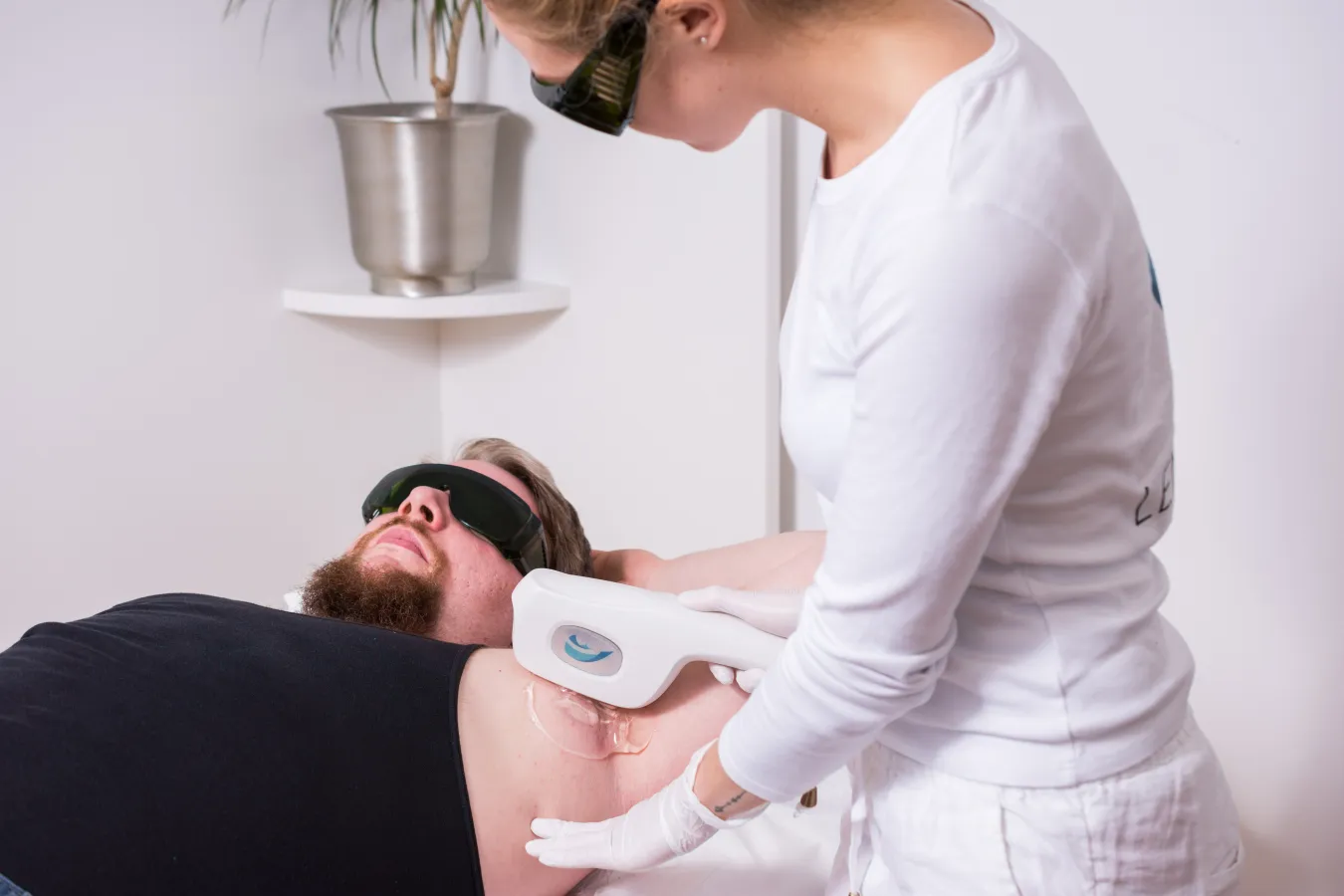

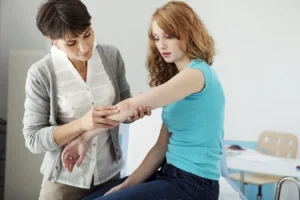
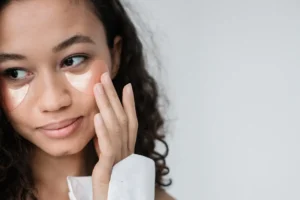










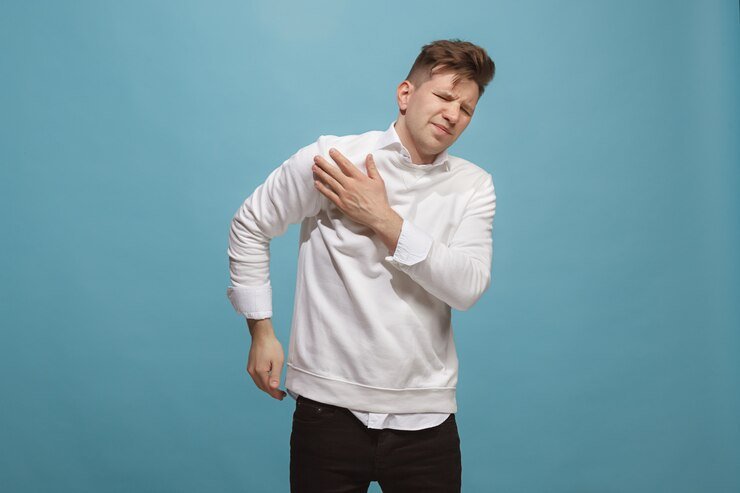
+ There are no comments
Add yours